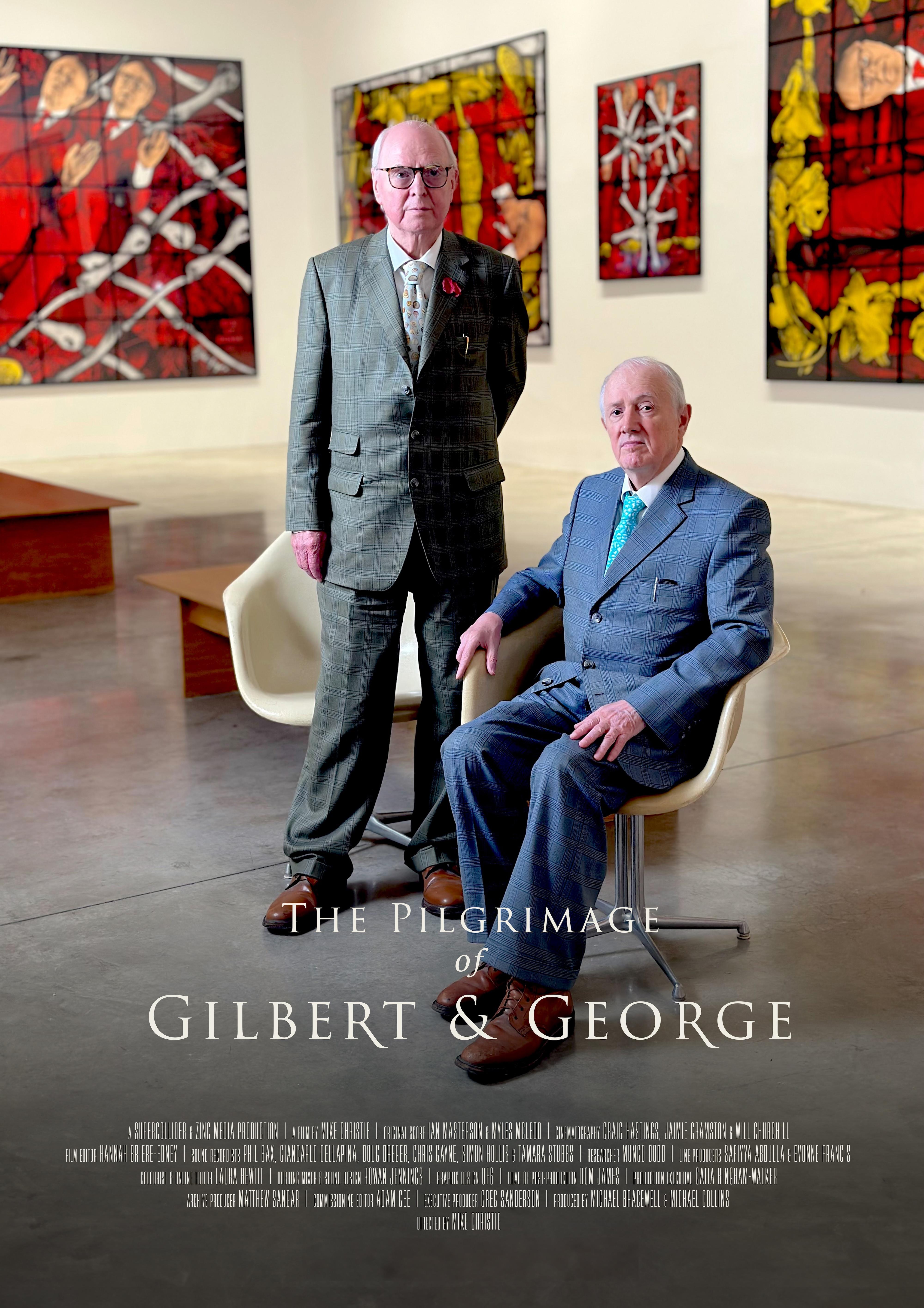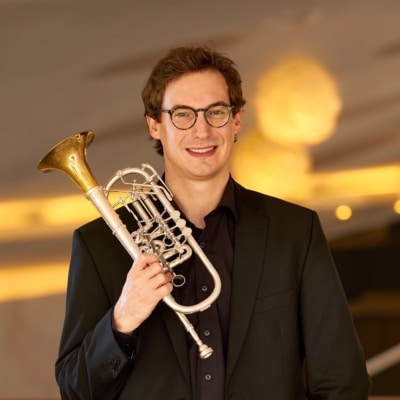German opera is sinking in the Rhine
mainThe Deutsche Oper am Rhein, an unequal alliance of the cities of Düsseldorf and Duisburg, is having to make cuts.
The brunt of the pain is being felt by Duisburg, which has lost 20 performances this season and has taken a 25 percent budget cut.
Some reports that have been sent our way suggest Duisburg may have to close after 2017.
What on earth is going down on the Rhine?






Comments